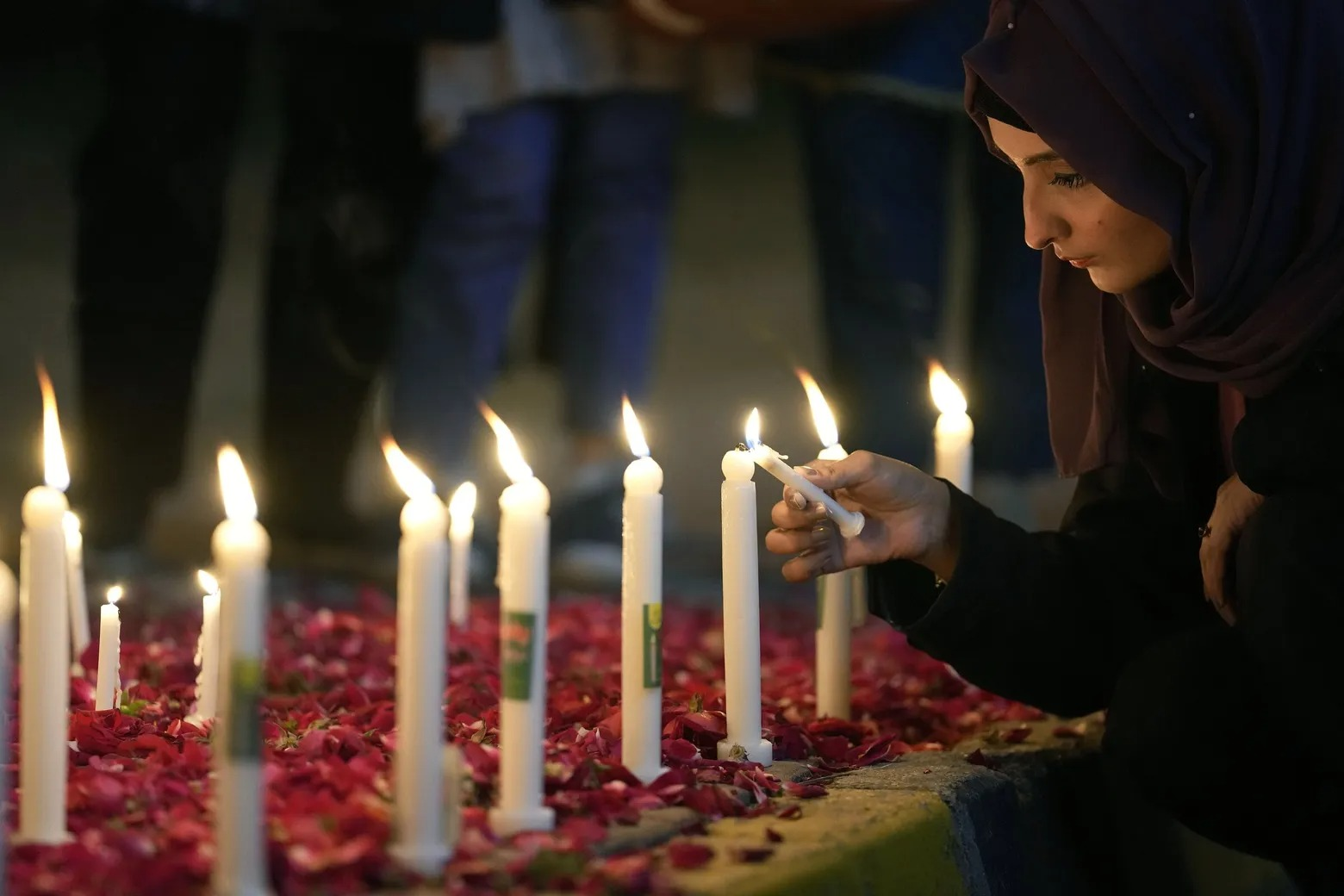BY: Alaina Buckenroth
Did you feel the earthquake at 6:15 a.m. on February 6th? Whether you were sleeping through it, or felt it as you were getting into work, the earthquake hit parts of Buffalo, Niagara County, and Ontario, Canada with a 3.8 magnitude. This is the largest earthquake Buffalo has seen in 40 years.
While Buffalo had its small morning shake up, in other parts of the world, a much larger and more dangerous earthquake shook the ground.
At 4:17 a.m. Monday, February 6th, a 7.8 magnitude earthquake rocked just miles outside of one of Turkey’s major cities, Gaziantep. According to CNN, the initial shock of the earthquake could be felt as far away as Israel and Lebanon, as well as 60 aftershocks that shook Turkey and Syria, ranging from 6.7 to 7.5 in magnitude. Some aftershocks came 9 hours after the initial earthquake was reported.
Office buildings, apartment complexes, homes, and stores were demolished in the wake of the earthquake, trapping tens of thousands of people. Steven Godby, a natural hazards expert at Nottingham Trent University in England, told CBS News, “The survival ratio on average within 24 hours is 74%, after 72 hours it is 22% and by the fifth day it is 6%.” The search for those lost or trapped has been ongoing since the morning of the disaster.
On Thursday morning, Turkey’s president Recep Tayyip Erdogan announced that there were 16,546 casualties and over 66,000 injured citizens. Syria reported 3,577 casualties the same day, bringing the total deaths from the earthquake to almost 20,000 people.
Turkey is at the intersection of four different fault lines, making it an earthquake-prone country. Since the year 2000, there have been 17 earthquakes to hit Turkey, some years having multiple earthquakes. According to Wikipedia, the only earthquake to come close to this earthquake’s strength was in October of 2011, with a magnitude of 7.2 and a total of 604 deaths.
This begs the question as to why this earthquake was so deadly. According to CNN, a cold and wet weather system moved through the region during and after the disaster struck, making conditions for those trapped in rubble cold and unsustainable in the rain showers and snow. Access to affected areas became much more difficult as well with uncertain travel conditions. As a result, those who were stuck in inaccessible areas did not survive the week. This earthquake also hit in the early hours of the morning when most people were still in bed sleeping, leaving them no time to attempt escape.
As families and loved ones rebuild and rescue, below are links and organizations you can donate to to help those in need.
Syrian American Medical Society- https://www.sams-usa.net/donate/
Center for Disaster Philanthropy- https://disasterphilanthropy.org/donate/
Direct Relief- https://www.directrelief.org/emergency/turkey-syria-earthquake/
